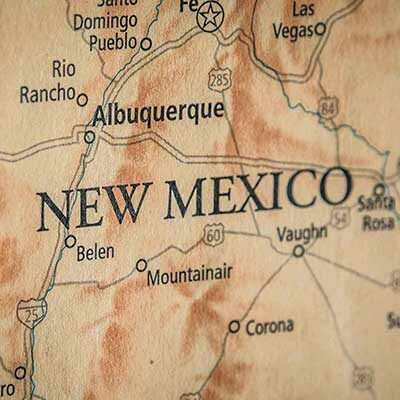Learn More About PFAS
Two New Mexico state agencies provide PFAS resources, including those that help the public (and legislators) understand what the compounds are, where they come from, and the potential health risks they pose. The most useful and comprehensive sites include these three from the New Mexico Environment Department and the New Mexico Department of Health:
New Mexico Environmental Public Health Tracking - PFAS
New Mexico Envrionment Department - PFAS
New Mexico Department of Health presentation on PFAS to New Mexico Legislature (2019)
The Agency for Toxic Substances and Disease Registry, a federal agency, has a congressional mandate to look at how hazardous chemicals affect public health. That agency works on public health assessments, emergency responses to releases of hazardous substances, and developing and disseminating information on those substances to the public.
Together with the Centers for Disease Control and Prevention, the agency has been studying PFAS exposure in communities near current or former military bases that are known to have had PFAS in their drinking water. These studies don’t currently include communities in New Mexico.
Per- and Polyfluoroalkyl Substances (PFAS) and Your Health
The U.S. Environmental Protection Agency is charged with enforcing federal laws protecting public health and the environment—laws like the Clean Air Act, the Clean Water Act, and the Safe Drinking Water Act. The agency also sets limits on how much of a hazardous chemical is considered “safe” to consume. Once those limits are in place, then it’s typically up to states and tribes to enforce those limits and regulate polluters. Currently, however, the EPA has only set lifetime health advisories for two PFAS chemicals, rather than establishing enforceable limits.
The EPA has laid out a plan to set limits on some of the chemicals. That plan was already behind schedule when, in the spring of 2020, the EPA announced it would not be establishing limits that year.
U.S. Environmental Protection Agency’s PFAS Action Plan (2019)
For decades, studies have shown that aqueous film-forming foams used by the military to extinguish fires contained PFAS and were contaminating groundwater. In 2006, the European Union restricted the use and manufacture of products containing PFOS, one of the chemicals in the PFAS family. And in 2007, the U.S. Air Force began replacing PFOS-based firefighting foams at its European bases. It took until 2016, however, for the Air Force to begin replacing its legacy foam stockpiles within the United States.
Two short briefings from the Pentagon offer a useful view into the number of bases that have contaminated groundwater—and may have potentially contaminated groundwater—in the United States:
U.S. Department of Defense briefing on groundwater contamination from military bases (March 2018)
Expanded U.S. Department of Defense assessment of PFAS use from military bases (as of Sept. 2019, released Feb. 2020)






